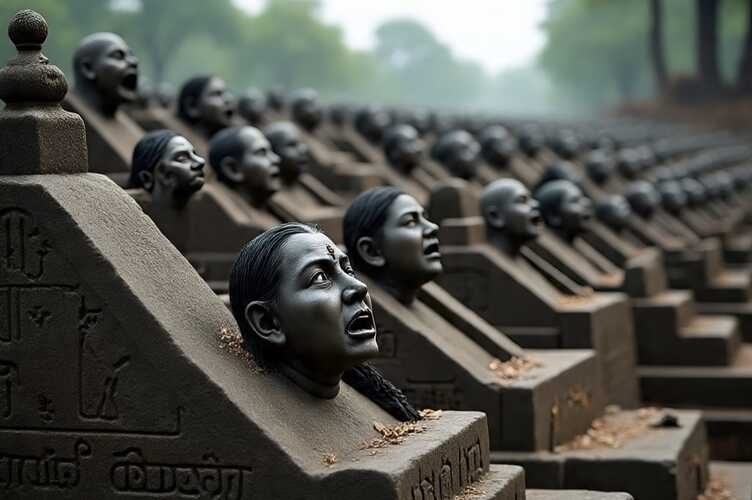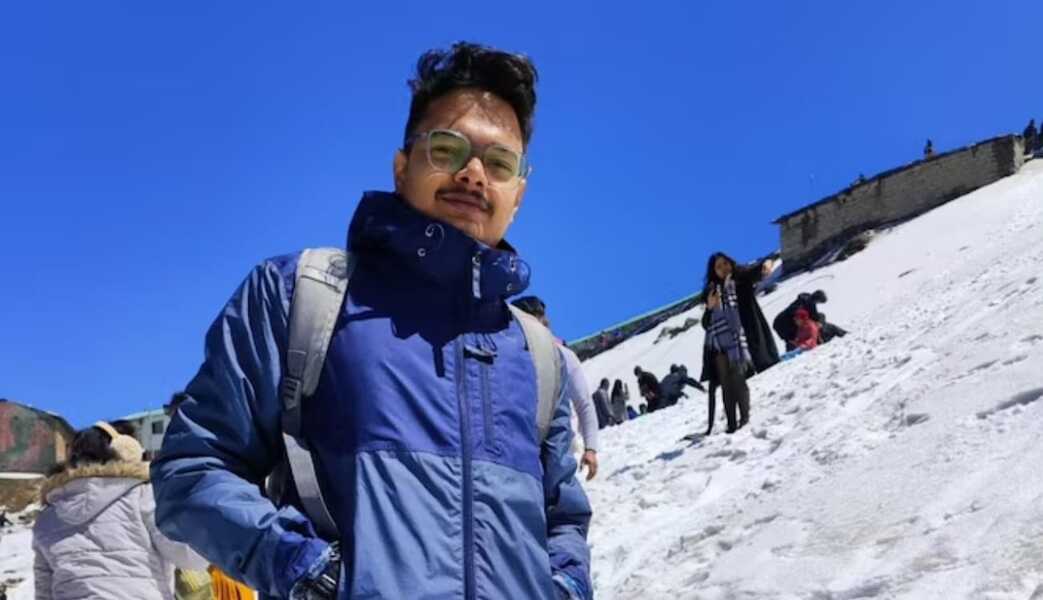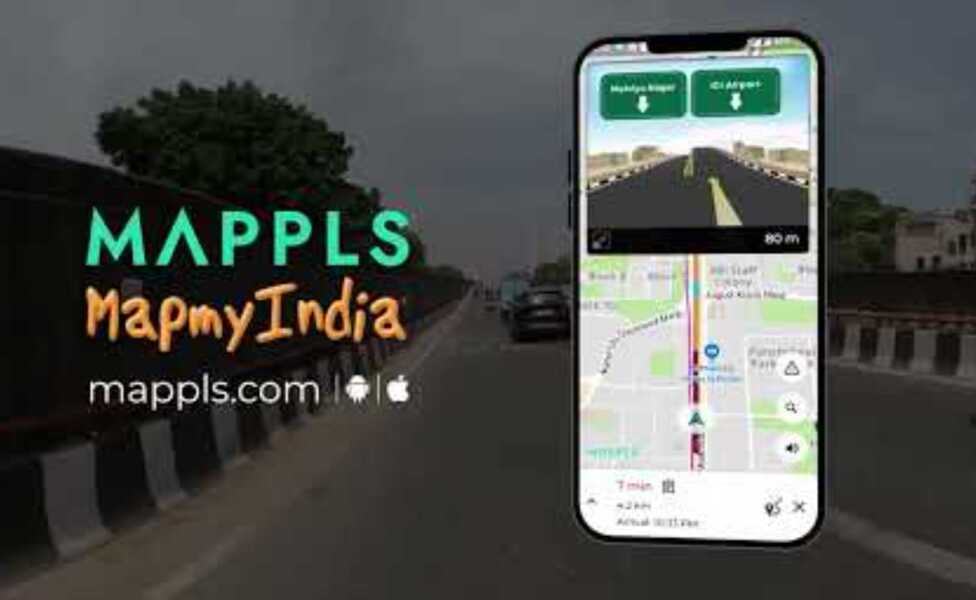Article Today, Bengaluru:
Dharmasthala, a name long associated with piety and service, is now under a cloud of grim allegations. A mass graves controversy at this famed Karnataka pilgrimage centre has triggered outrage across India and abroad. The case has taken a sensational turn with explosive revelations from a long-serving sanitation worker.
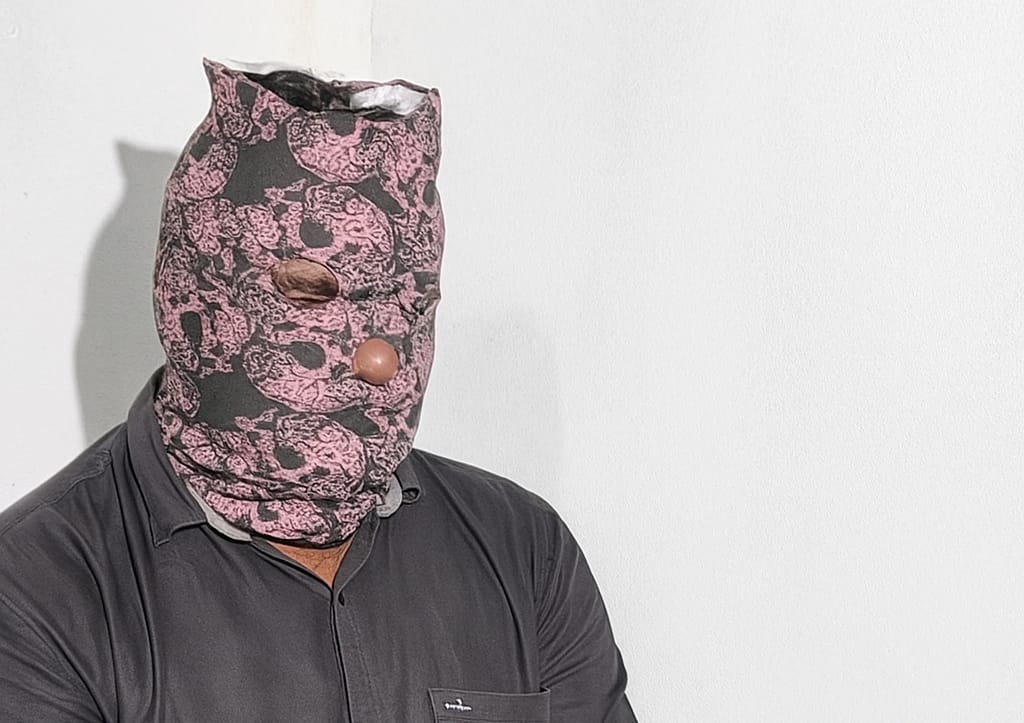
Worker Speaks of Hundreds of Secret Burials
In a rare televised interview with a national news channel, the man claimed that, over decades, he and his team buried hundreds of unidentified bodies. These burials, he alleged, were carried out under direct instructions from the temple’s information centre. No official paperwork from the local panchayat or authorities existed, he said, and the orders were “strictly internal.”
Bodies Hidden in Remote Locations
The worker alleged that these burials took place not in cremation grounds but in forests, on abandoned roads, and along riverbanks. He recalled burying one woman on Bahubali Hills and around 70 bodies near the Nethravathi bathing ghat. A site known as “Spot 13” allegedly contained 70 to 80 bodies. Villagers occasionally saw the graves but did not intervene, he claimed, as workers cited orders from above.
Women Form the Majority of Victims
The sanitation worker stated that most bodies bore signs of violence. Some, he alleged, showed evidence of sexual assault. Of every 100 bodies buried, 90 were women, ranging from children to elderly women. While he could not confirm exact causes of death, he urged medical experts to investigate. His account has shocked the public.
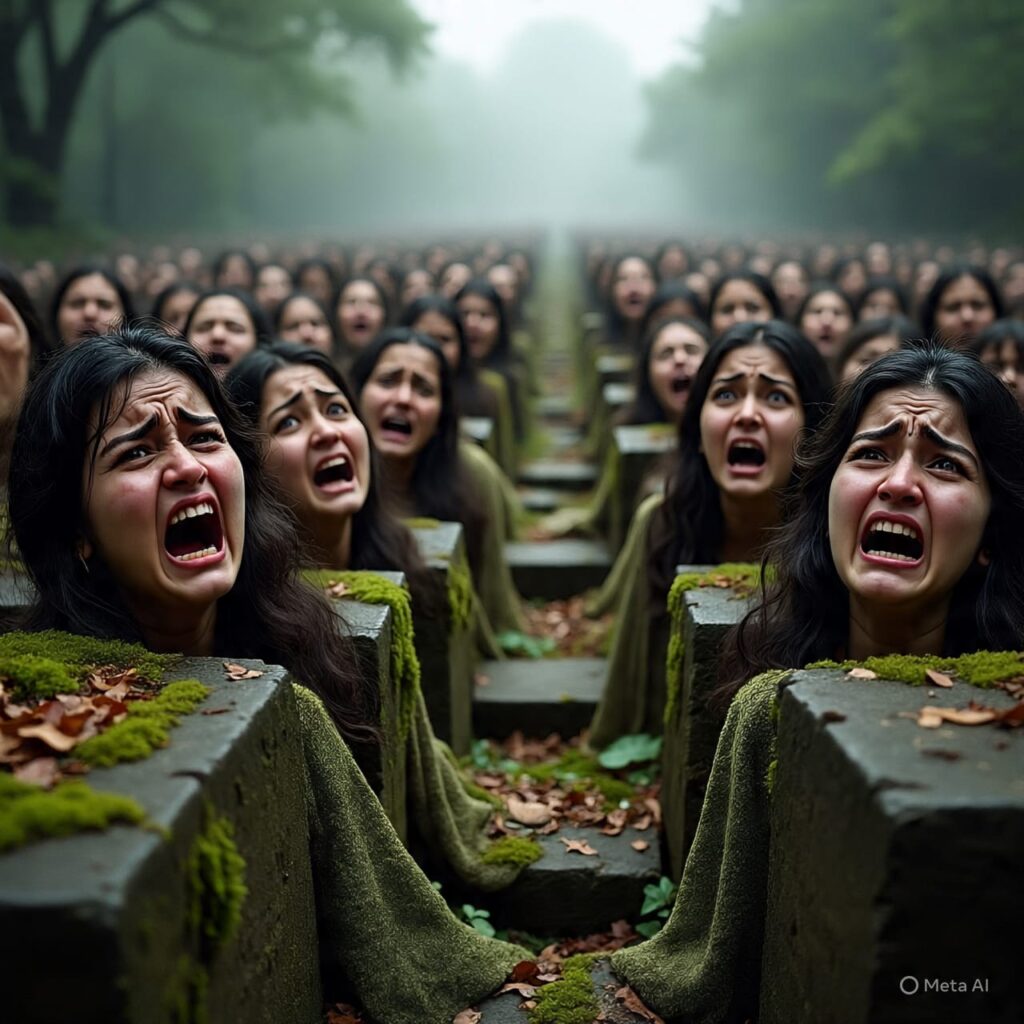
Investigation Faces Hurdles
He explained that many burial sites are now hard to trace due to overgrown forests, construction activity, and floods. Old roads have vanished, and thick vegetation covers former grave locations. The Special Investigation Team (SIT) has so far recovered skeletal remains from 13 sites, identifying one male skeleton. The worker said the SIT remains sceptical of his testimony, though he has been guiding them from memory.
Echoes of the Soujanya Murder Case
The worker recalled the 2012 murder of Soujanya, a 17-year-old girl near Dharmasthala. He said he was away on leave that night, a fact that angered his superiors. He saw Soujanya’s body the next day, and the sight haunted him. Since then, the memory of the mass burials has weighed heavily on him, he said, often disturbing his sleep with dreams of skeletons.
Seeking Dignity for the Dead
The man insisted his motive was not to tarnish the temple’s reputation. Instead, he wanted the bodies he buried to receive proper rites. He denied allegations of stealing jewellery from the corpses, calling such claims baseless. As a Hindu from a Scheduled Caste background, he said, he had no reason to rob the dead when he was already employed at the temple.
Political Storm Brewing
The mass graves case first emerged in mid-July. The worker claimed that between 1995 and 2014, more than 100 bodies were buried under temple orders. The SIT has so far excavated remains from 13 to 15 sites. The allegations have cast a long shadow over Dharmasthala’s administration and sparked heated political debate in Karnataka.

